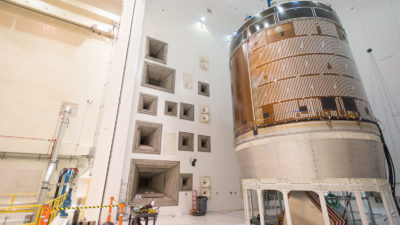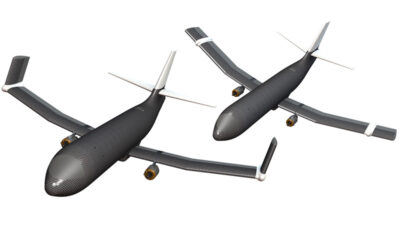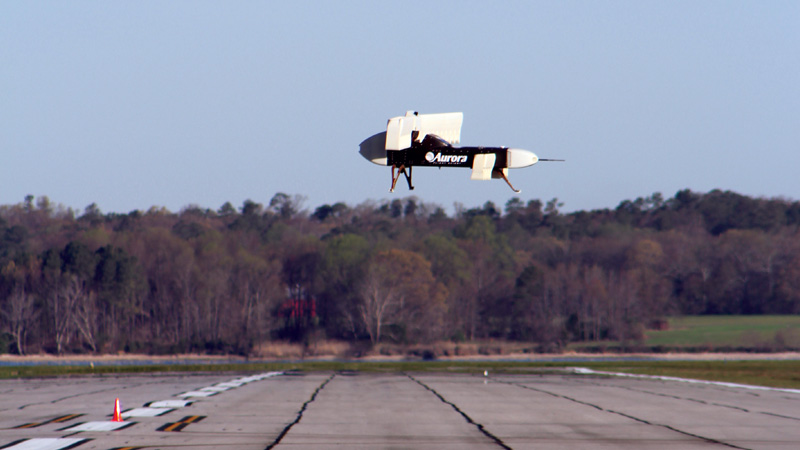Future vertical lift competition intensifies; eVTOL designs proliferate
By Erasmo Piñero Jr.|December 2019
The V/STOL Aircraft Systems Technical Committee is working to advance research on vertical or short takeoff and landing aircraft.
In a major vertical or short takeoff and landing technology push as part of its modernization plans, the U.S. Army awarded contracts in April to five future attack reconnaissance aircraft competitive prototypes. It was the start of a large Department of Defense VSTOL acquisition program not seen since the early days of the X-35 Joint Strike Fighter concept demonstrator program. The companies are: AVX Aircraft, partnered with L-3 Communications Integrated Systems, both of Texas; Bell Textron Inc. of Texas; Boeing; Karem Aircraft of California, partnered with Northrop Grumman and Raytheon; and Sikorsky. Each candidate was to receive approximately $15 million this year and in 2020.

Sikorsky continued progress on its SB>1 Defiant joint multirole technology demonstrator, conducting the first flight of the aircraft in March at Sikorsky’s Flight Research Center in West Palm Beach, Florida. Sikorsky is partnered with Boeing on the SB>1, which is aimed at fulfilling the Army’s need for the future long-range assault aircraft. The S-97 Raider also continued to make progress, getting 55 hours of flight testing. Bell V-280 Valor tilt-rotor demonstrator testing continued apace, surpassing 100 flight hours and achieving a speed of 300 knots true air speed in March, proving the high-speed capabilities inherent in tilt-rotors.
This year saw the proliferation of pilotless vertical takeoff and landing vehicles for both private use and commercial transportation. In early September, the online World eVTOL Aircraft Directory, sponsored by the Vertical Flight Society, added its 200th electric vertical takeoff and landing aircraft concept. The directory was launched in 2017 and has since been tracking new electric and hybrid/electric-powered VTOL aircraft in development by aerospace companies, entrepreneurs and inventors around the globe.
In June, at the third annual Uber Elevate summit in Washington, D.C., mock-up concepts generated excitement in the media and the public. It was an opportunity for the air taxi or urban air mobility players to show their future products that they say will eventually meet the demands of urban air vehicles at costs far below traditional helicopters. Boeing subsidiary Aurora Flight Sciences conducted the first flight of an eVTOL prototype for urban air mobility in January. The vehicle is configured as an all-electric, four-seater with nine rotors.
The F-35 program began a period of intensive production in 2018, but one of its production partners, Turkey, was no longer involved as of July. The 2020 fiscal year budget approved by Congress in May authorized the purchase of 94 F-35s, 16 more than requested. The F-35C, the U.S. Navy carrier-based version, reached initial operational capability at the end of February, accomplishing what the three services set out to do in 2001.
Four Bell-Boeing MV-22B Osprey tilt-rotor aircraft from Marine Medium Tiltrotor Squadron 268 completed a trans-Pacific flight from Okinawa, Japan, to Marine Corps Base Kaneohe Bay, Hawaii, in May, demonstrating the long reach and operational maturity of the V-22. The aircraft flew more than 5,300 nautical miles with minimum scheduled stops to refuel.
Contributors: Mark Alber, Paul Bevilaqua, Geoffrey Jeram, Mike Hirschberg and Paul Park



































